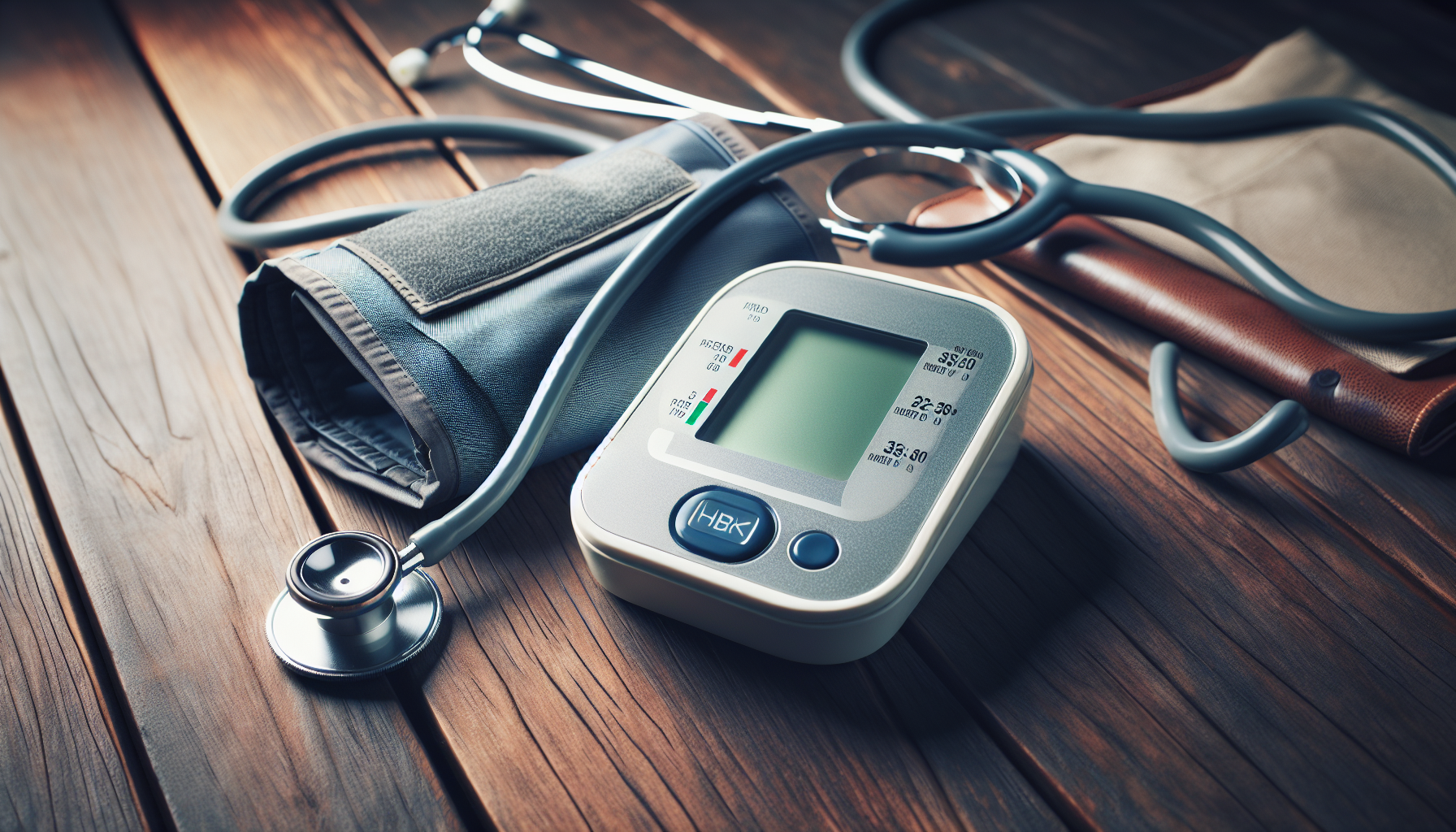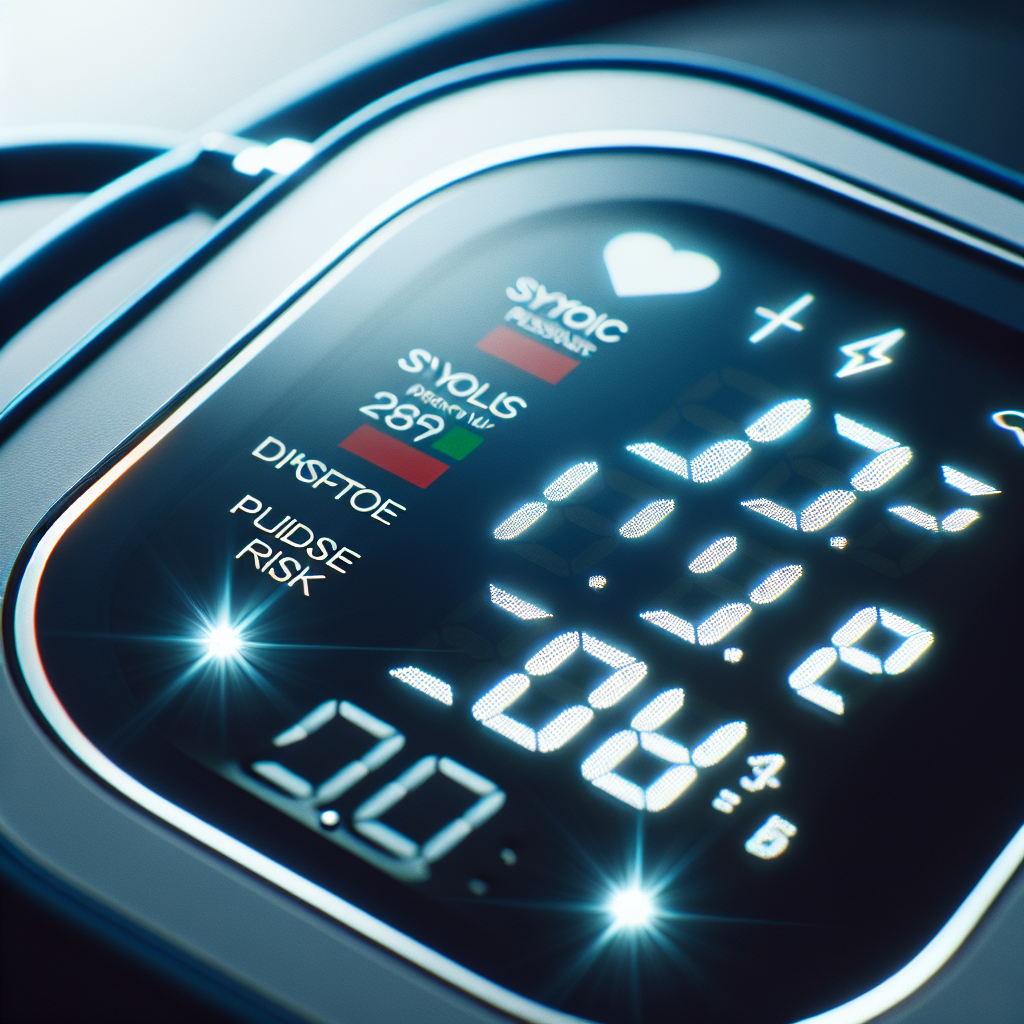In today’s fast-paced world, where health often takes a backseat to the demands of daily life, the significance of monitoring one’s blood pressure at home cannot be overstated. Hypertension, or high blood pressure, has earned its moniker as the "silent killer" due to its subtle onset and potentially devastating consequences if left unchecked. This detailed article aims to elucidate the critical nature of home blood pressure monitoring, its role in maintaining cardiovascular health, and how it fits into a broader health-conscious lifestyle.
Understanding Blood Pressure and Its Impact
Blood pressure is the force that blood exerts on the walls of the arteries as it circulates through the body. It is measured in millimeters of mercury (mmHg) and recorded as two values: systolic (the pressure when the heart beats) and diastolic (the pressure when the heart is at rest). A normal blood pressure reading is typically around 120/80 mmHg.
Persistent high blood pressure can lead to a myriad of health issues, including heart disease, stroke, kidney failure, and vision loss. Monitoring blood pressure can be a vital component in preventing these illnesses, and it begins with understanding and detection at home.
The Role of Home Monitoring
Home blood pressure monitoring is an invaluable tool for individuals diagnosed with hypertension or those who are at risk. It offers several advantages:
- Early Detection: Regular monitoring can help detect hypertension early, even before symptoms appear.
- Tracking Treatment Efficacy: For those already undergoing treatment, it aids in assessing the effectiveness of medications or lifestyle changes.
- Encouraging Proactive Health Management: It empowers individuals to take charge of their health and make informed decisions.
Moreover, home monitoring can provide a more accurate representation of blood pressure levels than occasional readings taken at a doctor’s office, where readings can be affected by stress or anxiety, a phenomenon known as "white coat hypertension."
Integrating Home Blood Pressure Monitoring Into Daily Life
To effectively integrate blood pressure monitoring into daily life, consider the following guidelines:
- Consistency: Take readings at the same times each day, such as morning and evening.
- Proper Technique: Ensure correct cuff placement and sitting posture as per the device’s instructions.
- Record Keeping: Keep a log of the readings to share with your healthcare provider.
Choosing the Right Blood Pressure Monitor
Selecting an appropriate home blood pressure monitor is crucial. Features to consider include:
- Validation: Look for a monitor that has been clinically validated for accuracy.
- Cuff Size: Ensure the cuff fits your arm correctly, as an improper fit can lead to inaccurate readings.
- Ease of Use: Opt for a monitor that is simple to operate and read.
For individuals with specific health concerns, such as heart arrhythmias, it may be beneficial to select a device that also detects irregular heartbeats.
The Connection Between Blood Pressure Control and Overall Health
Maintaining healthy blood pressure is intrinsically linked to broader health strategies. A heart-healthy diet, regular exercise, and stress management are pivotal in controlling blood pressure. These lifestyle modifications can be complemented by other health-focused practices:
- Balancing Hormone Levels to protect cardiovascular health.
- Understanding the Importance of Electrolyte Balance for heart function.
- Adopting Heart Healthy Strategies for Weight Management to reduce the strain on the heart.
Incorporating these elements into your routine can provide a comprehensive approach to managing blood pressure and improving overall Cardiovascular Health.
Collaborating With Healthcare Providers
While home monitoring is essential, it should complement regular check-ups with healthcare professionals. Sharing your home blood pressure log can help your doctor tailor treatments and provide personalized advice. It is also crucial to have your monitor checked regularly to ensure its accuracy.
Leveraging Technology for Better Blood Pressure Management
Technology has made it easier to track and manage blood pressure. Many modern monitors can sync data with smartphone apps, allowing for easier record-keeping and trend analysis. These apps can also provide reminders to take medication or alert you when your readings indicate a need for medical attention.
External Resources for Further Reading
For those interested in delving deeper into blood pressure management and cardiovascular health, consider exploring these niche resources:
- The American Heart Association provides a comprehensive guide on home blood pressure monitoring.
- The British Heart Foundation offers insights into the latest research on blood pressure.
- The Mayo Clinic has an informative section about lifestyle changes to manage hypertension.
Conclusion
Home monitoring of blood pressure is not only a cornerstone in the management of hypertension but also a proactive step towards preserving cardiovascular health. By integrating this practice into a holistic health regime, individuals can significantly reduce their risk of heart disease and other related conditions. With the right tools, knowledge, and support from healthcare providers, effective blood pressure management is within everyone’s reach.



